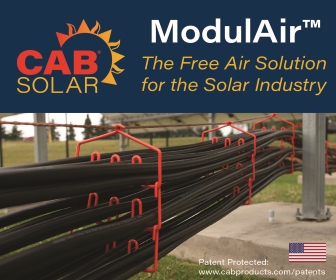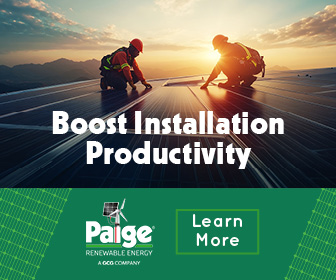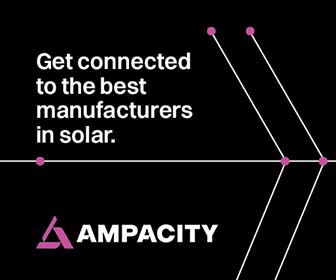NC Clean Energy Technology Center Ranks the Financial Value of Solar to Homeowners in America's 50 Largest Cities
As part of the U.S. Department of Energy's SunShot Solar Outreach Partnership (SolarOPs), the N.C. Clean Energy Technology Center (formerly the N.C. Solar Center) announced the release of "Going Solar in America: Ranking Solar's Value to Consumers in America's Largest Cities," the first of two Going Solar in America reports. The report was generously funded by the U.S. Department of Energy's SunShot Solar Outreach Partnership (SolarOPs).
Despite the fact that solar PV hardware has become less expensive, the non-hardware "soft" costs of solar can account for up to 64% of total system cost, creating a major barrier to greater deployment nationwide. One of the most significant drivers of soft costs is the lack of familiarity with solar PV technology amongst residential customers. In general, these costs, often known as customer acquisition costs, remain high due to the fact that most homeowners and community leaders are unaware of solar's significant "dollars and cents" value.
Using the most current solar pricing data available (generously provided by the online solar market EnergySage), the Center has designed a ranking system for determining the "dollars and cents" value of investing in solar in these fifty cities. The rankings themselves are based on three metrics: (1) first-year average monthly bill savings, (2) the overall present-day value of a long-term investment in solar (as compared to an investment in a stock with an average return), and (3) the average or "levelized" cost of energy from a rooftop solar energy system.
The ten cities where solar offers the best financial value, according to our methodology are:
1. New York, NY
2. Boston, MA
3. Albuquerque, NM
4. San Jose, CA
5. Las Vegas, NV
6. Washington, DC
7. Los Angeles, CA
8. San Diego, CA
9. Oakland, CA
10. San Francisco, CA
"There are a wide variety of factors that determine how good a deal solar is in your city- upfront cost, solar resource, electricity rates, availability of net metering, incentives, to name a few," said Autumn Proudlove, the report's co-author.
The information that serves as the basis for these rankings strongly suggests that rooftop solar is an excellent long-term investment for homeowners across a variety of income levels and backgrounds. According to data from America's largest solar markets, over 60% of all new solar PV installations are occurring in middle-class neighborhoods that have median incomes ranging from $40,000 to $90,000.
"Right now, buying an average-sized, fully-financed solar PV system costs less than electricity from their local utility for 93% of single-family homeowners in America's 50 largest cities, and in most places, is a better investment than many of the stocks that are in their 401(k)," said Jim Kennerly, project manager for the Going Solar in America reports. "Nevertheless, most people are unaware that solar is this affordable for people of all walks of life. We hope that this report will help to close this critical information gap and reduce soft costs."
The N.C. Clean Energy Technology Center
www.nccleantech.ncsu.edu











.png?r=1313)
